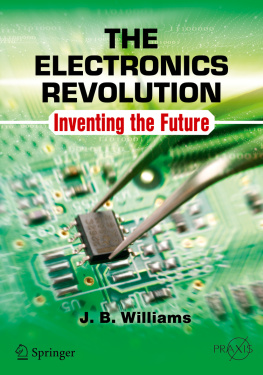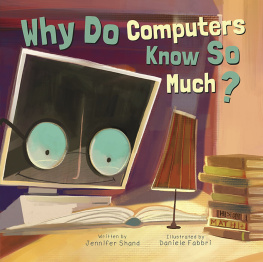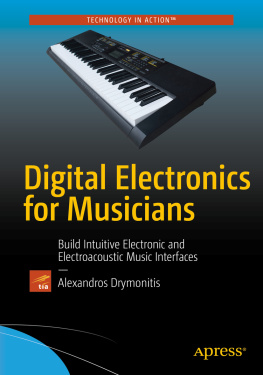1. Introduction
On December 12, 1901, Guglielmo Marconi, a young man of mixed Italian and British parentage, was on the windswept Signal Hill at St Johns, Newfoundland. He was sitting in a room in a disused military hospital at the top of the hill behind a table full of equipment. Outside, a wire ran up to a Baden-Powell six-sided linen kite which he and his assistant George Kemp were only keeping aloft with difficulty. They had already lost another kite and a balloon, and they were only using these because an antennae array at Cape Cod had blown down.
On the other side of the Atlantic, above Poldhu cove in Cornwall, almost as far west in Britain as you can get without falling into the sea, was another, much larger collection of equipment. A small power station generated 25 kW of electricity, and when a Morse key was pressed a huge arc leapt across a spark gap, dying away when the key was released. The signal thus generated was led to a set of wires held aloft by two 60 m towers. This arrangement replaced a much larger 120 mdiameter inverted cone array which, again, had blown down.
At 12.30 p.m., over the static, Marconi thought he heard somethingdot dot dot. It was the Morse code for S that he had arranged to be transmitted from Poldhu. He passed the earpiece to Kemp who listened. He could hear it too. Twice more that day they heard the signal, but then the weather worsened and they had to stop. What they had achieved was to receive a wireless signal from the other side of the Atlantic, a feat that many experts thought was impossible.
Marconi now had the problem of when to announce his success, because the doubters were convinced that electromagnetic waves travelled in straight lines and couldnt bend around the curvature of the Earth. Basically they were right, but he had been lucky, as the particular range of frequencies generated by his transmitter would bounce off atmospheric layers and, hence, could be received way beyond the horizon. In the event, he waited a few days before saying anything to the press.
Later, he was to prove long-distance communication much more convincingly, and in the following decade or so the Marconi company built up a substantial business supplying wireless communication facilities, particularly to ships. When the Titanic hit an iceberg and sank, it was the Marconi equipment installed on her which was used to call for help, and that on the Carpathia which received the SOS which allowed her to come to the rescue and save many lives.
It might be thought that Marconi had mastered the technology for wireless communication, but what he was using was very crude and it was only refinement and huge amounts of power that enabled it to work at all. It fact, what he was using was purely electrical, and a blind alley. What was needed for really satisfactory equipment was the means to enlarge or amplify signals and the ability both to generate and receive them in a very narrow frequency band. This required electronics, and in 1901 it didnt exist.
In 1897, J. J. Thompson had discovered the properties of what he called corpuscules, and it was only slowly that the word electron, coined by George Johnstone Storey some 6 years before, came to be used. Electronics is one of those words that everyone knows what is meant by it, but when it comes to a definition, it slips through your fingers. As will be seen, a reasonable definition is equipment using devices that manipulate electrons.
The Electronics Revolution is about how we went from absolutely nothing to the abundance of electronic items that we regard as normal today. For communication we expect mobile phones, and the Internet. Now it seems that every man, woman and child has a mobile phone in their pocket or handbag. Something that was the plaything of the few is now the norm for everyone. Modern business could not function without the instant communication of email.
For entertainment, there are radios and TVs, and music on tap for our personal use. We so expect instant TV from anywhere in the world that it is difficult to realize that it was as late as 1962 before the first live TV pictures flashed across the Atlantic, and they could only be maintained for a matter of minutes. The effect has been for us to think in terms of one world. We become involved in wars or disasters in other countries in ways that would have been incomprehensible to our forefathers.
For work and play, there is computing. Home computers have become ubiquitous. Offices are full of computers, and yet more computers control whole organizations. But computers can also be in the form of microprocessors buried in appliances such as washing machines or central heating boilers. Outside, the households car is very likely to have electronic management systems.
There is a long trail of successes, and some failures, but with one thing leading to another, often in an apparently unrelated way: wartime radar to microwave ovens, and moonshots to worldwide live TV. The intention is to follow these links to show how it all fits together. This not a history of technology but one of how the technology produced all this diversity and, in doing so, how these developments created a revolution in everyday lives. For example, without radio and TV our modern democracy is barely imaginable. So often this impact of technology has been largely ignored.
How was all this achieved? Not by science, but by engineering and technology. There is often a great confusion between these, with the words being used interchangeably, but there is a key difference. Science is about ideas in the natural world, while engineering is about their exploitation into technology useful to humankind. Even once the science is in place, in order to introduce a major technological change there are three distinct phases: invention, development and exploitation.
The fundamental science comes first. James Clerk Maxwell predicted the existence of electromagnetic waves, and Heinrich Hertz proved he was rightthat was the science. Others, such as Eduoard Branly who developed the coherer detector, or Oliver Lodge who demonstrated a wireless communication system which could ring a bell remotely, were the inventors.
At this point, though there was interesting knowledge, there was still nothing useful. It required a Marconi to come along and bring it all together. It was often said by his detractors that Marconi didnt invent anything. Besides being rather unkind about his abilities, it completely misses the point. What he was able to do was to take these various inventions and develop them into a system. He could then take this and exploit it to allow communication from a ship to the shore or vice versa. He had produced something useful to people.
Though most of the knowledge of the relevant physical laws of electricity was understood before the end of the nineteenth century, much concerning electronics had still to be learned. In some cases, it took some time to understand the devices that had been invented. With solid state physics, mostly investigated in the first half of the twentieth century, it was the search to understand that led to the invention of transistors. The fantastic bounty brought by integrated circuits and microcomputers, though, was more a matter of technology than of science.
To follow the story, we need to look at the people who made things happen. The twentieth century was characterized by the rise of the large research organizations such as Bell Labs so the developments are often hidden behind the corporate faade, but where the individuals can be identified their stories are told. Some of these people will be well known, but others may well be surprising. There are many unsung heroes who made vital contributions but received little credit because someone else was better at the publicity.














